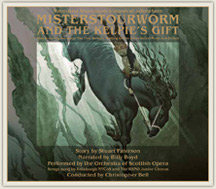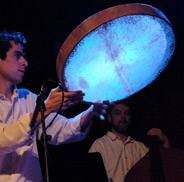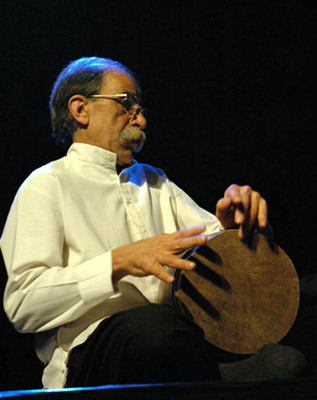Stevenson is aiming to cover the whole harp gamut in one show
The influence of clarsach and harp player Savourna Stevenson – celebrating her 50th birthday with a Celtic Connections concert tonight– shows no sign of waning, discovers Sue Wilson
TAKING a break from rehearsals for her 50th birthday concert at Celtic Connections, harpist and composer Savourna Stevenson is the very embodiment of a woman happy in her work.
“If I could, I would just play the harp all day, every day, every waking hour – and possibly in my sleep, too,” she says. “Obviously I can’t: as it is, I often play to the point of, ‘Oh dear, I can’t straighten my fingers,’ or noticing I’ve got all these broken blood vessels in my wrists – but I just love it.”
Although she’s primarily known as the leading contemporary renaissance pioneer on Scotland’s oldest national instrument, the clarsach, the most immediate reason why Stevenson’s cup overfloweth is her rekindled love affair with the much bigger classical pedal harp. “I played it as a teenager, but for a long time after that, until maybe three or four years ago, pretty much all my work was on the clarsach – which pedal harpists tended to look down on in those days, though that’s all completely changed now. But as a composer, the pedal harp is like having a grand piano to work with: it’s just got so many more notes, and also pedal harpists are much keener for new material – the clarsach players all want to do their own thing.”
Stevenson has only herself to blame for this creative independence of spirit among her Scottish co-instrumentalists. Name any leading younger exponent – of whom there are plenty, such as Corrina Hewat, Catriona McKay, Fiona Rutherford and Ailie Robertson, all headlining elsewhere at Celtic Connections – and the chances are she’s taught them, or they’ll certainly cite her as a key inspiration.
“I first heard Savourna’s music on a cheap compilation called The Celtic Harp or some such, when I was about 14, and I just played it to death,” says Rutherford, whose New Voices commission premières at the festival on Sunday. “I just loved the way she has no genre boundaries, all the really inventive ways she uses the harp, and the way she combines it with other instruments. As a teacher, too, she was so inspiring and encouraging, particularly with my interest in composing as well; she really treats every student as a total individual, and will work with whatever style you want to pursue.”
“Savourna just keeps on raising the bar,” says Hewat, principal harp tutor at the Royal Conservatoire of Scotland, who performed in her own six-harp suite, The Oak and the Ivy, at in Glasgow last week, and who’d been playing for just six weeks when first taken under Stevenson’s wing at a fèis in Fort Augustus. “She’s incorporated influences from all over the world, she uses all the colours, textures and rhythms possible – and as long as she keeps doing that, everyone else in Scotland has to follow. She’s a total inspiration.” Both players, needless to say, will be at tonight’s gig – in fact, if you want to know the whereabouts of pretty much any Scottish harp player that night, established or aspiring, it’s a fair bet they’ll be in the City Halls.
The outset of Stevenson’s own musical journey involved a similarly full immersion in her milieu as she continues to practise. As the daughter of the great Scottish pianist and composer Ronald Stevenson, she too started out learning the piano, and was writing her own tunes from the age of five. “But I was also hearing just about every other kind of music around the house, with lots of different musicians visiting – everything from Gaelic psalm singing and mouth-music to modern jazz, stuff from all round the world. In fact, I used to have a game with my Dad called Journey Around the World, where we’d play duets in different modes from different countries. You just ate, slept and drank music in our house – there was no escape. I actually took up the harp to get away from my Dad – just in the sense that the piano was his instrument – but then he immediately started writing lots of music for the clarsach.”
Her subsequent landmark albums, such as Tweed Journey and Calman the Dove, saw Stevenson charting new territories in exploring her instrument’s capabilities, demolishing its douce, drawing room image in bold creative encounters between folk, jazz and world music. During the past decade, though, she’s been back working mainly in the classical realm – albeit one that’s progressed considerably in its attitude to other genres since she was young – composing for and performing with orchestras, chamber groups and choirs. Hence her return, too, to the pedal harp – which, she mentions as an aside, celebrated the bicentenary of its invention last year, Sebastian Erard’s revolutionary double-action mechanism having first opened up the instrument to chromaticism back in 1811.
“But even though I might be seen now as a contemporary classical composer, I don’t compose squeaky-gate music: I am always going to write accessibly,” she says firmly. “I get fed up with new music that doesn’t lift your spirits in some way. And the one emotion I never want to elicit in an audience is boredom.”
The birthday show’s centrepiece is a semi-première performance, with the Edinburgh Quartet, of Stevenson’s Harp Quintet – originally staged at Celtic Connections 2000, and now newly transcribed from the clarsach to the pedal harp, in the interim having been excerpted for the soundtracks of both Sex and the City and Ugly Betty. (“I’d never heard of either,” she confides, “but I did at last manage to impress my daughter.”)
The rest of the programme reunites her with that man she calls “probably my favourite collaborator of all”, double bass legend Danny Thompson, for a selection of favourite pieces ranging from Debussy and Granados, to originals variously inspired by Gershwin, Harpo Marx and kora maestro Toumani Diabaté. “Basically I want to cover the whole harp gamut in one show,” Stevenson says. If anyone can do it, she can.
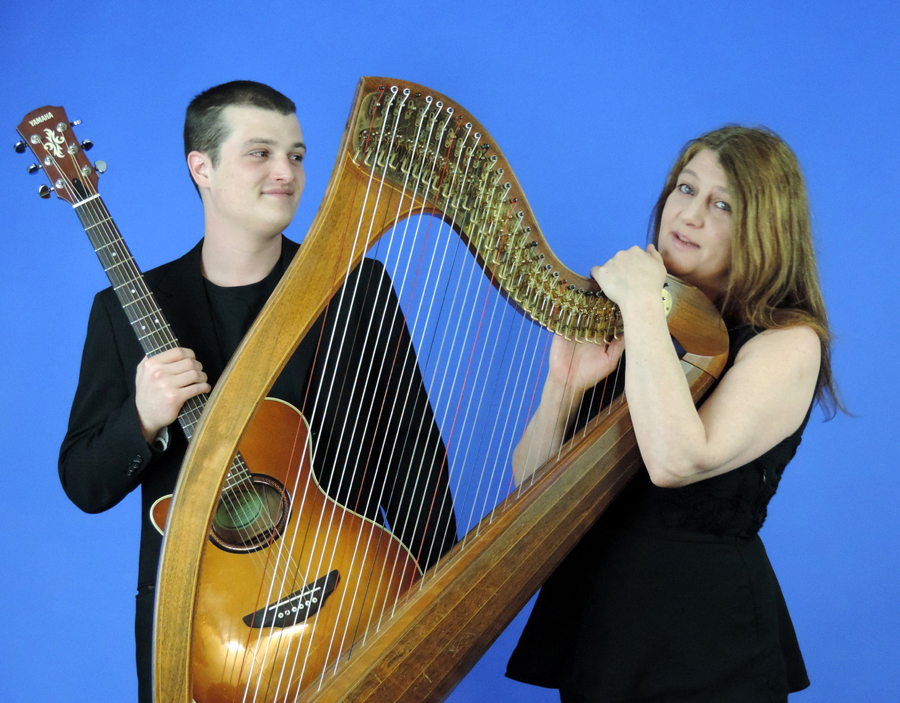
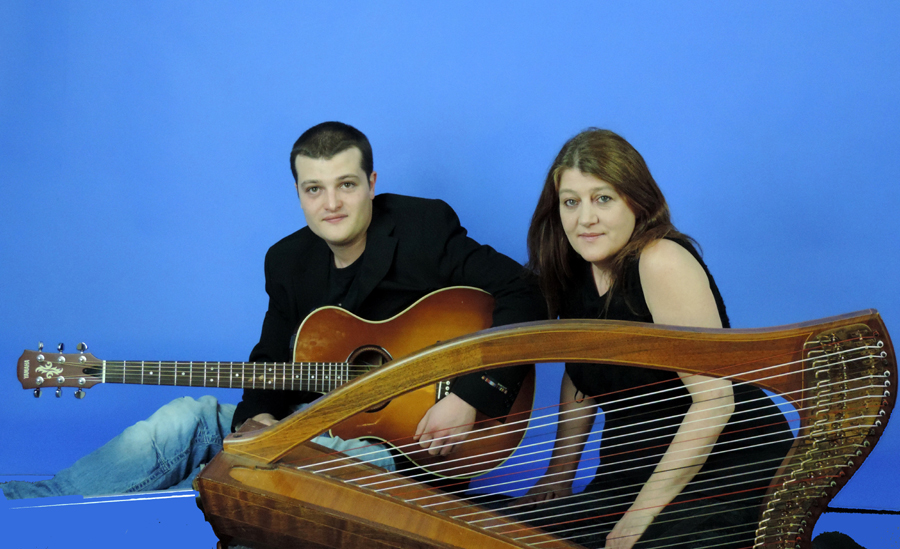 National Youth Choirs of Scotland, the Scottish Ensemble and Catrin Finch, former Royak Harpist to HRH the Prince of Wales.
National Youth Choirs of Scotland, the Scottish Ensemble and Catrin Finch, former Royak Harpist to HRH the Prince of Wales.
